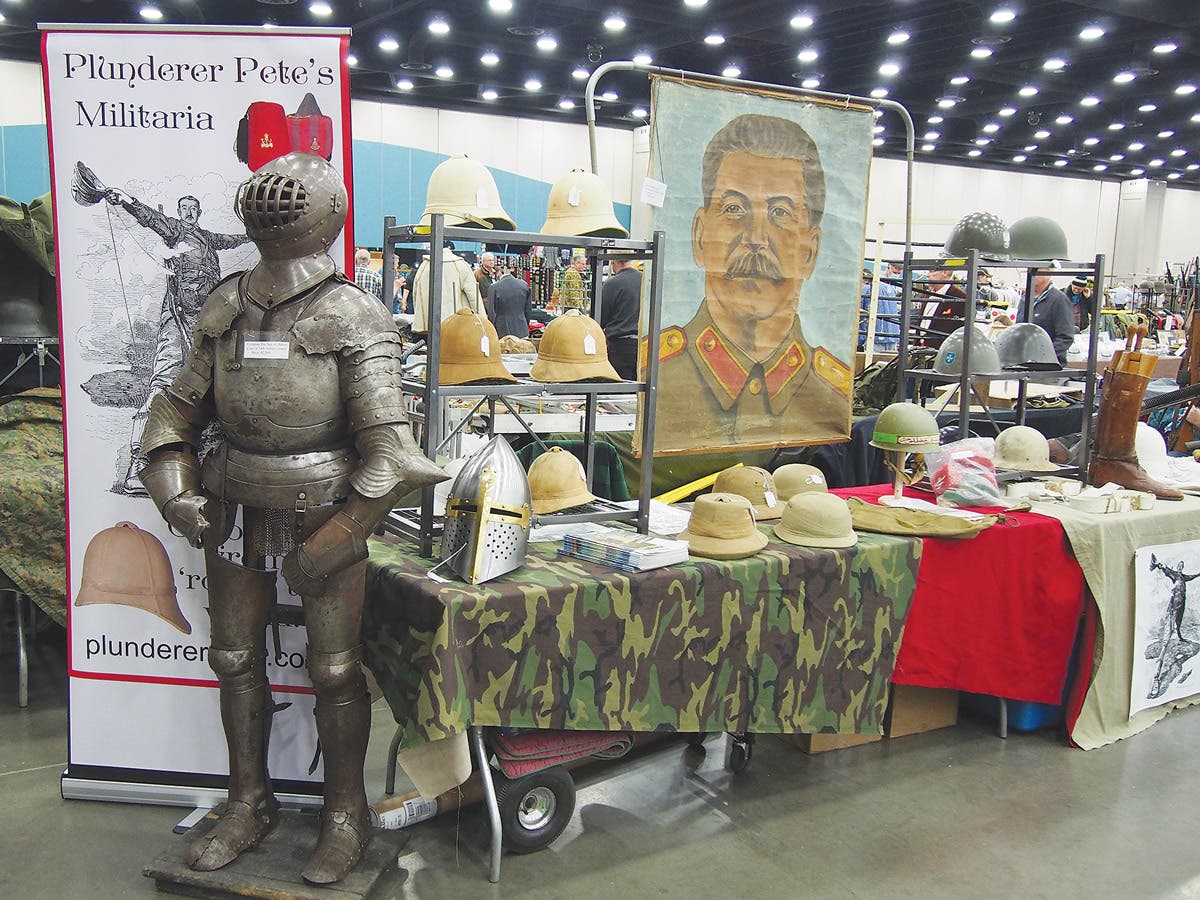Ideology Through the Mail
By Chris William When Adolf Hitler and the Nationalsozialistische Deutsche Arbeiterpartei (N.S.D.A.P — Nazi Party) rose to power in 1933, much of their political success had been won through the…
By Chris William
When Adolf Hitler and the Nationalsozialistische Deutsche Arbeiterpartei (N.S.D.A.P — Nazi Party) rose to power in 1933, much of their political success had been won through the use of a constant stream of party propaganda bombarding the German people. One form that continued to be heavily woven into everyday life until the end of the world war was the tremendous quantity of political and patriotic postcards that were printed and sold throughout Germany and their occupied territories.
Soldiers writing home, workers on vacation, young adults away at camp, and countless others used postcards as brief ways to stay in contact with their friends and families in an era before the advent of the mass communication systems that are prevalent today. Cards were produced commemorating notable places or events (such as the annual Nuremburg rallies or the Führer’s birthday), military themes, or the glamorization of the peasant worker in the Third Reich.
Companies produced series of cards (such as copies of works by the famous German painter, Wolf Wilrich) that were sold not only to help people keep in contact with others, but were also valued by period collectors when assembling patriotic sets. Besides using copies of paintings, postcards were also produced using real photographs. In addition to the commercially produced cards, many photography studios offered customers’ privately taken prints in postcard formats so that they could be sent through the mail to their loved ones.
To augment the flow of cards from private retail companies, many groups affiliated with the Nazi Party (such as the Volksbund fur Deutschtum im Ausland — VDA) had cards commercially produced. The sale of these bolstered their coffers during funding drives.
Though there were literally millions of postcards printed during the 12-year period of the Nazi reign,comparatively few exist today. Many containing the themes of the Third Reich were destroyed after the war.
Today, many original cards can sell from $20 to $75. As with any collectible items of value that can be readily duplicated, reproduction cards have frequently surfaced over the last few years. These differ from the originals with variations ranging from deviated print color on the reverse to missing signatures (if included on originals) on the faces of others. With this in mind, it is always best to study original examples whenever available, and only purchase pieces from trusted venders.
Chris William has been a long-time member of the collecting community, contributor to Military Trader, and author of the book, Third Reich Collectibles: Identification and Price Guide.
"I love to learn new facts about the world wars, and have had the good fortune to know many veterans and collectors over the years."
"Please keep their history alive to pass on to future generations".








